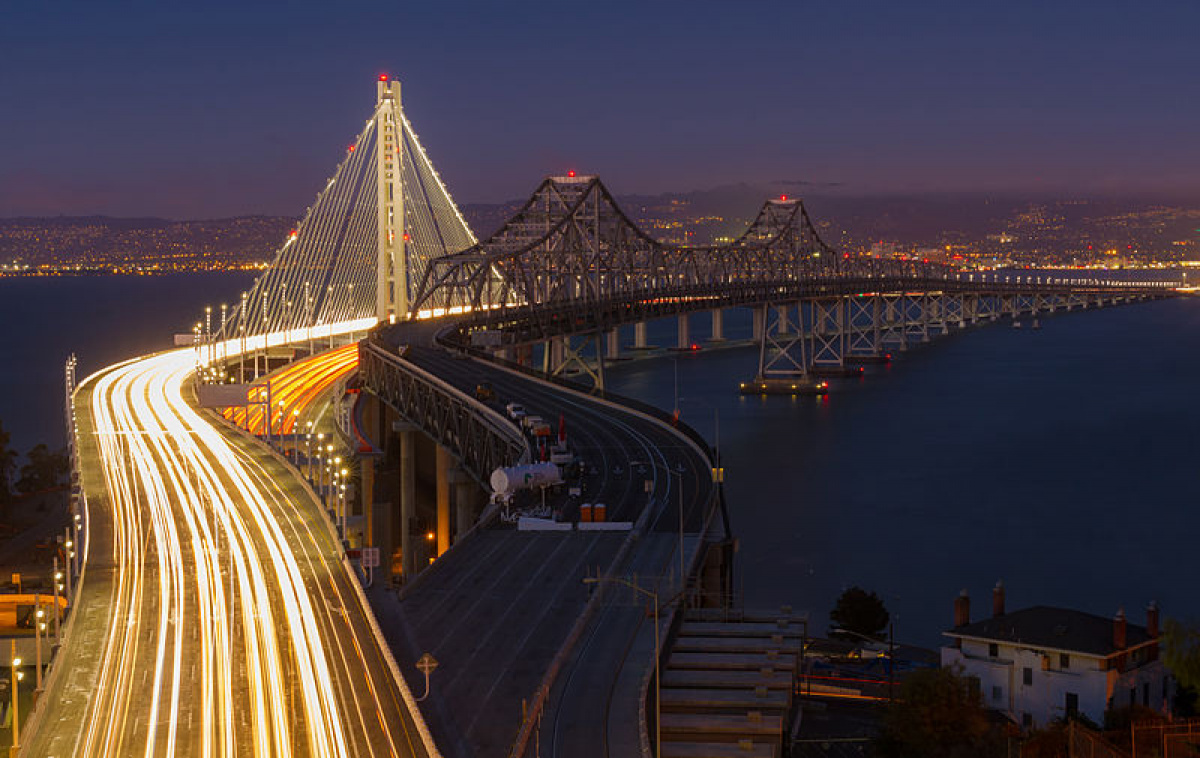
When Culture Nurtures the Tech Industry
«The reason why the tech workers were attracted to San Francisco was because of everything that the artist class brought to SF», says photographer and winemaker Greekor «Greg» Nemet, one of five artists featured in Lara Sarkissian’s Timezones: Bay Area audio collage. «But the double-edged sword there, obviously, was that no longer were the artists able to roam freely in the city», Nemet adds, addressing the survival of art in the Northern Californian region in the wake of the Silicon Valley tech explosion. An essay on the long and tangled interrelation of art and technology in San Francisco.
Much like Sarkissian’s dreamy ambient excursion into the diverse multidisciplinary art scene orbiting the Bay Area, the region’s history is a murky brew of social, political, and cultural influences. It’s perhaps most famous as the site of the 1967 countercultural movement known as The Summer of Love, centred on the city’s Haight-Ashbury district. Yet, following the internet boom of the 1990s, SF’s reputation as a hub of creativity and liberal activism has been eclipsed by its technology and startup culture. The city’s artistic community has been largely displaced by tech behemoths like Google, Apple, Facebook, and Airbnb, pushed across the San Francisco-Oakland Bay Bridge to the city of Oakland. There, this community continues to feel the pressure of Silicon Valley overflow.
The Narrative of «Self-Actualization»
Far from shunning technology however, the artists featured in Sarkissian’s piece tend to embrace its creative potential. Duduk player Khatchadour Khatchadourian explores «a whole canvas of possibility». Filmmaker Nadia Shihab muses on a spirit in Oakland that works with technology «in unexpected ways». And electronic music producer Esra Canoğulları exalts a hybridized experience where they can create both «physical space and digital space for a marginalized body». Interestingly, when Canoğulları – otherwise known as 8ULENTINA – talks about «creating an extension of our physical selves», they echo a narrative of so-called «self-actualization» that also runs through the modern tech world.
The similarity with the tech world sentiment of – to quote Silicon Valley team management software Asana’s mission statement – «helping humanity thrive» is not necessarily coincidental. As the Summer of Love’s psychedelic, hippie and civil rights revolution was brewing, a new humanist mode of thinking was also in development. Northern Californian native Michael Murphy met Dick Price in San Francisco in 1960, where the two would combine psychological and spiritual modes of thinking to found the famed Esalen Institute in Big Sur. The retreat center and intentional community – just South of the Bay Area on California’s Central Coast – is a cornerstone of new age culture, built on the framework of the so-called Human Potential Movement. It posits an extraordinary untapped capability in every human being that, when harnessed, will bring about broader (positive) social change. Its origins can be found in humanist psychologist Abraham Maslow’s 1943 «hierarchy of needs», which proposed that, once a person realises their basic physiological and social needs, their highest level of development lies in the full realization of what they are – their «true self».
The Thinking of Gates, Jobs, and Co.
This attitude of self-actualization resonates in the ideas of «Father of Silicon Valley» Frederick Terman, a professor and engineer who instilled an ethic of innovation, entrepreneurship, and individuality in his students. It inspired the thinking of the likes of Bill Gates, Steve Jobs, and the tech industry at large, and reverberates in artist Sofía Córdova’s words: «All of the people that I met through just being a musician in the world, expanded for me my vision of what is possible.» With all that in mind, the question then becomes: where and at what point do these parallel fields, with their shared approach to self-fulfillment, diverge? And how can they coexist?
The Timezones podcast series plunges into the world of artists and their practices, asking: what does living and working in culture and the arts involve in different countries, cities, and contexts today? The artists’ thoughts on their moods, their social, political, and intellectual realities and their philosophies (of life) have been worked up into experimental audio collages.
The podcasts run the gamut of formats and content, from straight journalism to experimental and documentary approaches, ethnography and fiction, sound art, and improvisation. The Timezones series endeavours to create new artistic forms of storytelling, listening and exchange across the boundaries of geography, time zones, genres, and practices.
The Timezones Podcast Series is co-initiated and co-produced by Norient and the Goethe-Institut.

Biography
Links
Shop

Published on September 30, 2021
Last updated on April 10, 2024
Topics
How does this ideology, but also its sheer physical expressions such as labor affect cultural production? From hip hop’s «bling» culture to critical evaluations of cultural funding.
From machine-assisted musicking to the struggle of creating under precarious circumstances and in a world in which work rules everything.
